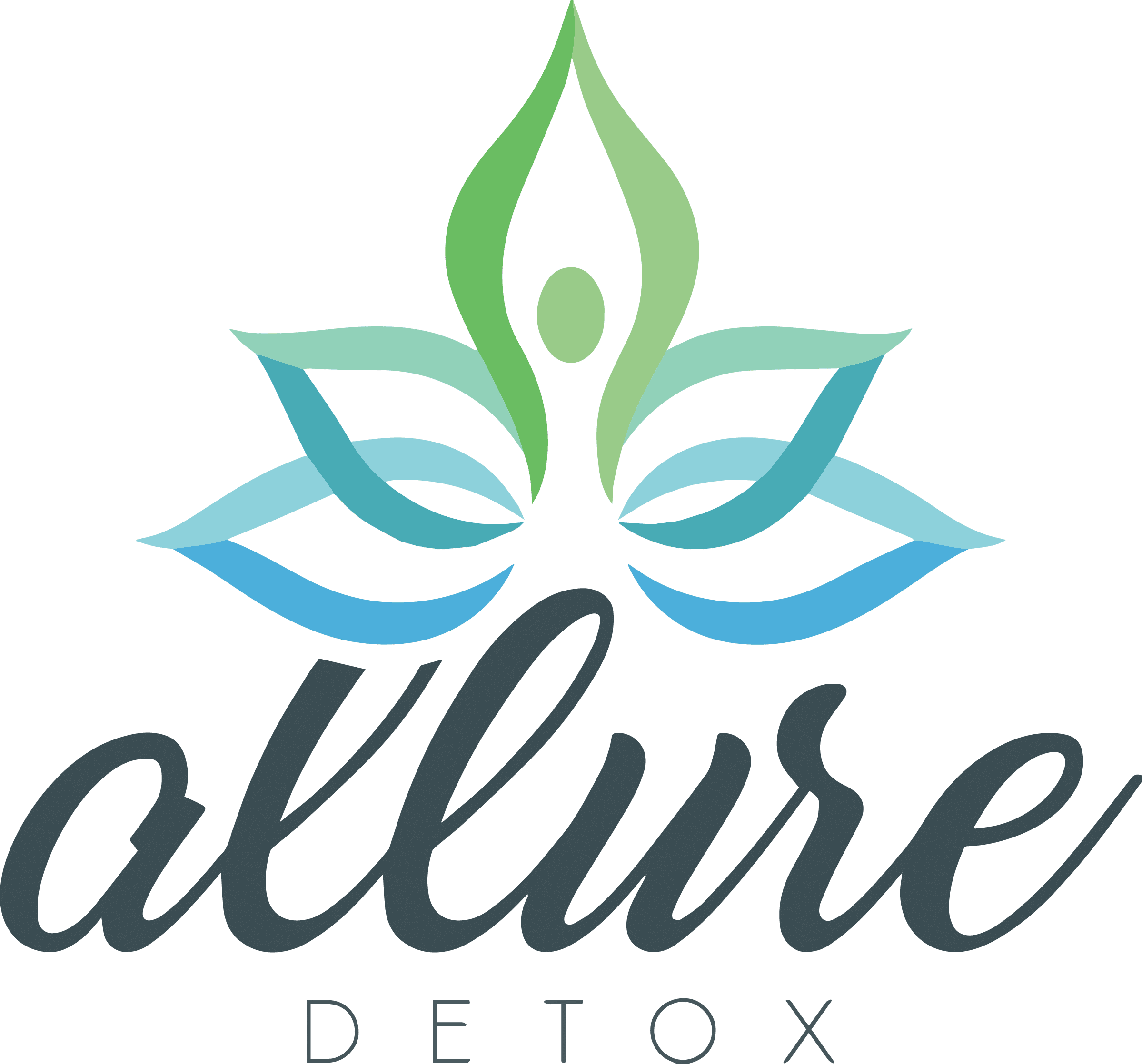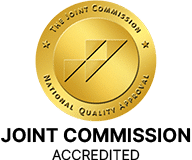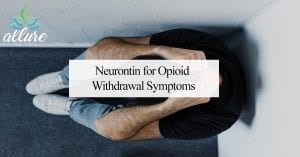
Tag: Alcoholism
Alcoholism is, broadly, any drinking of alcohol that results in significant mental or physical health problems.

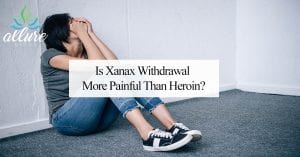
Is Xanax Withdrawal More Painful Than Heroin?

Can You Mix Different Benzodiazepines?

Are Hand Tremors a Symptom of Benzo Withdrawal?
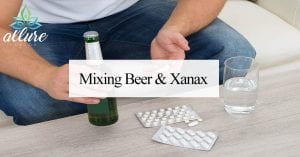
Mixing Beer and Xanax

Benzos for Cocaine Comedown

Benzodiazepines for Opioid Withdrawal
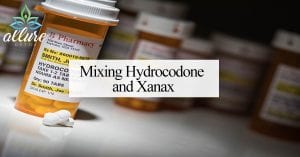
Mixing Hydrocodone and Xanax
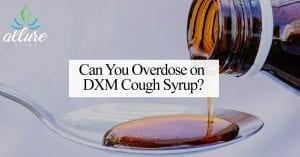
Can You Overdose on DXM Cough Syrup?

Can You Inject Suboxone?

Can Teachers Go to Drug Rehab Without Getting Fired?
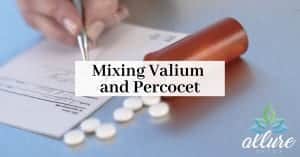
Mixing Valium and Percocet
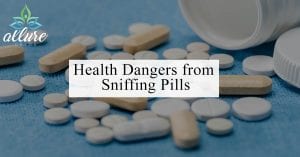
Health Dangers from Snorting & Sniffing Pills

Which Vitamins Help With Drug Detox?
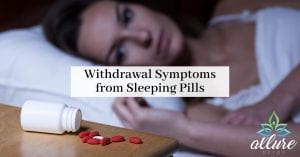
Withdrawal Symptoms from Sleeping Pills
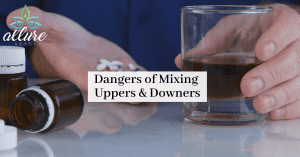
Dangers of Mixing Uppers & Downers
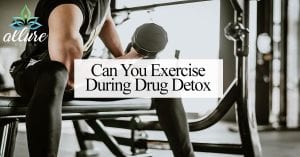
Can You Exercise During Drug Detox?

